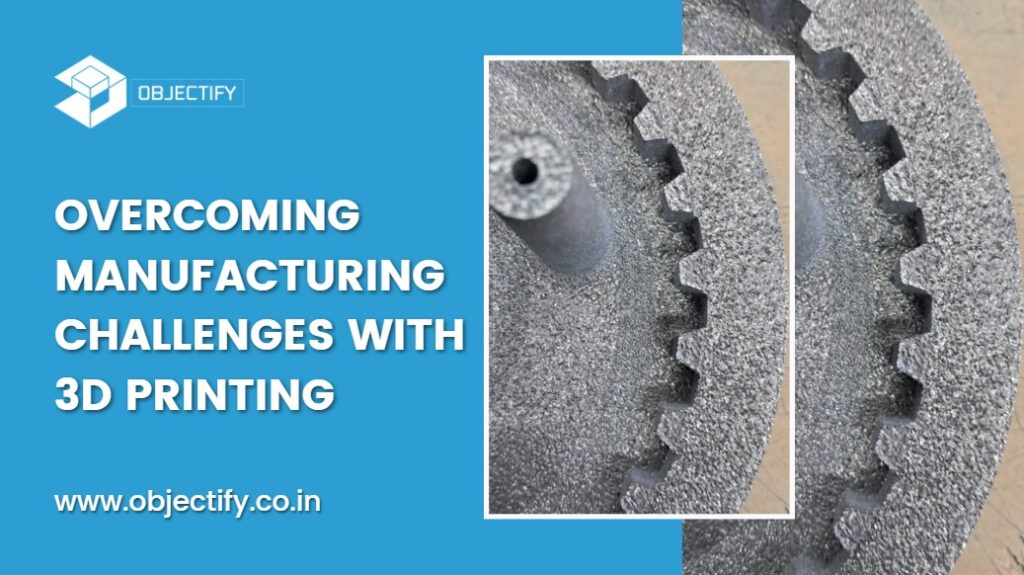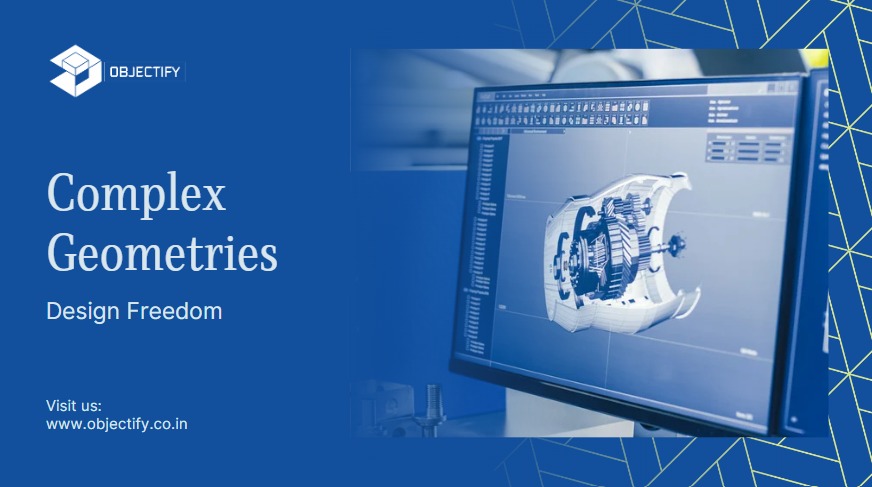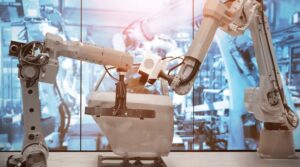
3D printing, also known as additive manufacturing, has revolutionized various industries, offering unique opportunities to overcome traditional manufacturing challenges. Here are some of the ways 3D printing addresses manufacturing challenges:
1. Rapid Prototyping:
One of the most significant advantages of 3D printing is rapid prototyping. It enables quick iteration and validation of designs, accelerating the product development process and reducing time-to-market.
2. Reduced Material Waste:
Traditional subtractive manufacturing processes produce significant material waste due to cutting, milling, or machining. 3D printing, on the other hand, adds material layer by layer, resulting in minimal waste and more sustainable production.
3. Mass Customization:
With 3D printing, each part can be easily customized without incurring additional costs. This opens up opportunities for mass customization, where products can be tailored to individual customer needs.
4. Inventory Reduction:
3D printing enables on-demand manufacturing, reducing the need for large inventories. Companies can produce parts or products as needed, saving storage costs and reducing the risk of excess inventory.

5. Complex Geometries:
3D printing allows the creation of complex geometries that are challenging or impossible to achieve with traditional manufacturing methods. It enables the production of intricate designs without the need for assembly or tooling, reducing production time and costs.
6. Simplified Supply Chain:
By 3D printing parts on-site or locally, supply chains can be simplified, eliminating the need for long shipping distances and reducing lead times.
7. Lightweighting:
3D printing allows for the creation of lightweight and optimized designs, reducing material usage while maintaining structural integrity. This is especially beneficial in industries like aerospace and automotive, where weight reduction is critical.
8. Design Freedom:
Designers are not limited by traditional manufacturing constraints when using 3D printing. This freedom encourages innovation and creativity, leading to improved products and solutions.
9. Low-Volume Production:
3D printing is well-suited for low-volume production, eliminating the need for expensive tooling or molds. This is advantageous for niche markets and specialized products.
10. On-Demand Replacement Parts:
3D printing enables the quick production of replacement parts, reducing downtime and extending the lifespan of equipment.
11. Multi-Material Printing:
Some 3D printing technologies can print multiple materials simultaneously, creating parts with different properties, textures, and colors in a single process.
12. Sustainable Manufacturing:
As mentioned earlier, 3D printing generates less waste and allows for local production, contributing to more sustainable manufacturing practices.
Despite its many benefits, 3D printing also has its limitations, such as slower production speed for large-scale items and material limitations for certain applications. However, ongoing advancements in 3D printing technologies and materials continue to address these challenges, making additive manufacturing an increasingly attractive solution for a wide range of industries.


